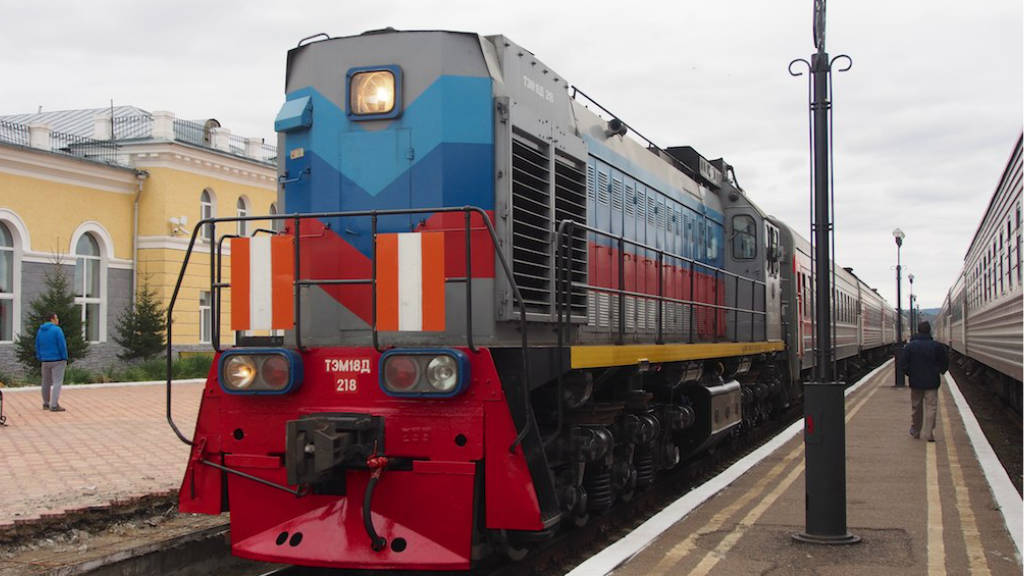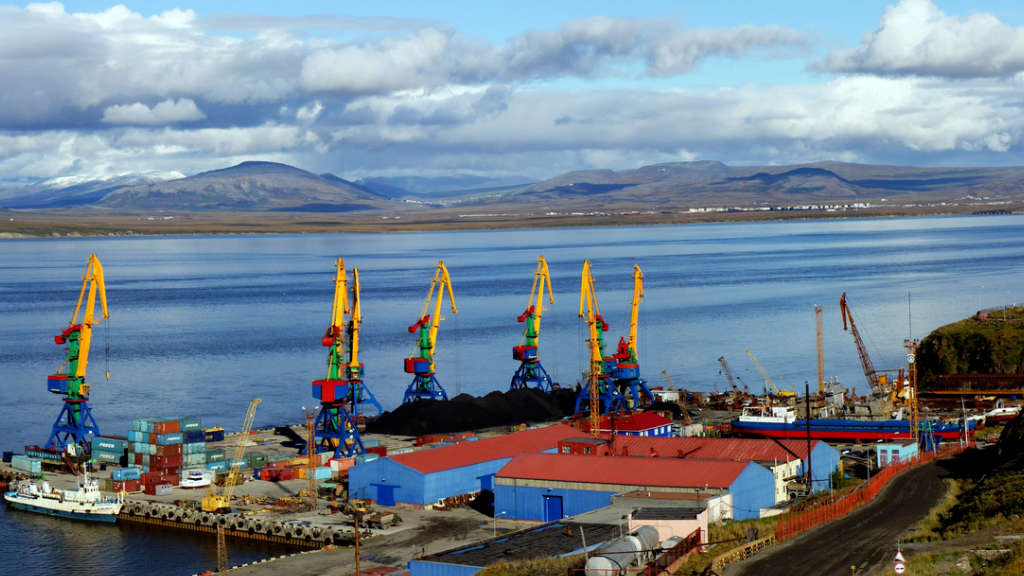The Naushki border railway crossing between Russia and Mongolia, which is the most in-demand railway crossing between the two countries, has been enlarged and can now accommodate twice as many freight wagons for customs inspection. It has also been digitized, which will speed up border crossings and allow an increase in cargo turnover both between Russia and Mongolia, and also in transit between Russia and China.
Russian Railways said in a statement that “The reconstruction of the cargo terminal at the Naushki border station in Buryatia has been completed.” It clarifies that as part of the work, engineers expanded the container site, modernised crane tracks, built a 1,500 square metre indoor warehouse updated the lighting and video surveillance system, and constructed administrative buildings.
In addition, customs inspection facilities have doubled in the terminal. Naushki can now simultaneously accept up to 12 freight cars, significantly speeding up the rolling stock inspection turnover. The border crossing point is Sukhe Baatora, the northernmost railroad station on the Trans-Mongolian Railway, which is directly connected by road and rail to Ulaan baatar, the capital of Mongolia, and onward to China.
“The project is of particular importance for the development of international cargo transportation, primarily in the direction of Russia – Mongolia – China. This task is undoubtedly facilitated by the expansion of bottlenecks, including at border crossing points. I am convinced that with the completion of the construction of the transshipment complex at the Naushki border station, we will increase its carrying capacity by reducing the time railcars spend waiting for inspection operations,” said Sergey Pavlov, First Deputy Director General of Russian Railways.
The expansion and development of alternative routes for cargo transportation between Russia and China is important, as with the introduction of large-scale European sanctions restrictions in 2022, Russian logistics were forced to reorient to the east. China subsequently became the main trading partner of Russia instead of the European Union, which has now dropped to sixth place and has significantly diminished its trade importance with Moscow. Russia’s trade with Mongolia has also shown substantial growth.
Further Reading
Russia – Mongolia Bilateral Trade Up 21% In 8M 2024 As ‘Steppe Road’ Project Is Discussed





